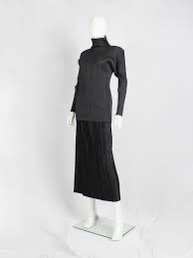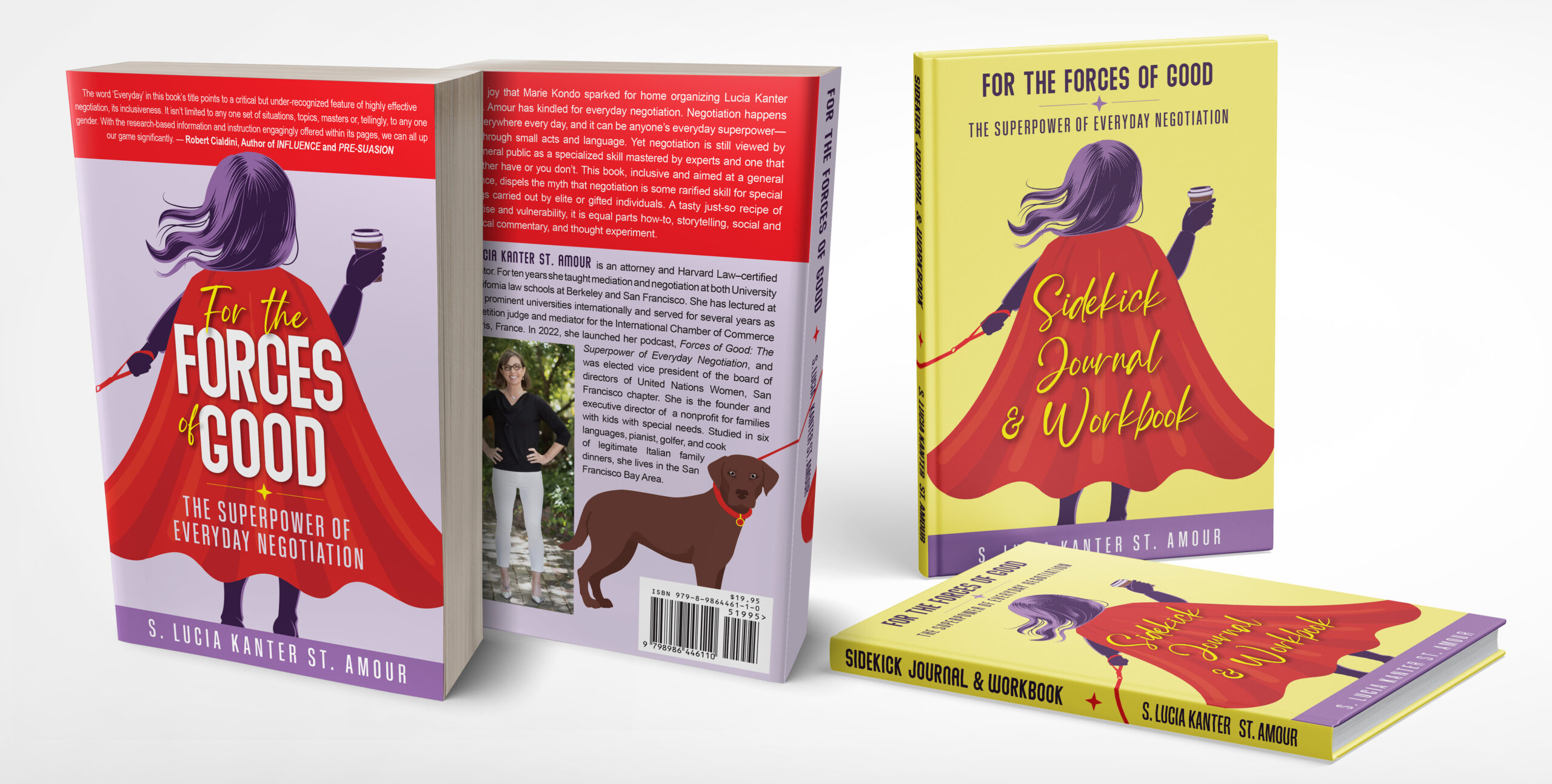Steve Jobs famously wore the same black turtleneck, blue jeans and New Balance sneakers every day.
Do you know why (bonus points if you can name the designer of his turtleneck  without Googling it. Hint: it wasn’t off the rack from Gap. Answer below)? It was to minimize his number of daily decisions, especially early in the day.
without Googling it. Hint: it wasn’t off the rack from Gap. Answer below)? It was to minimize his number of daily decisions, especially early in the day.
Choices are wonderful, right? We demand choices because we want a wide variety of them – or so we think. Many successful individuals like Steve Jobs, Mark Zuckerberg, and Albert Einstein understood that less time spent on making minor decisions meant more brainpower and time for everything else. Researchers have actually studied the effect that making too many decisions can have on our lives. And what studies repeatedly show is that our capacity to consistently make thoughtful decisions is finite. This means that when you use your brainpower earlier in the day (e.g. deciding what to wear), you’ll consequently have less of it at 4pm when you are trying to decide which of the 50 unanswered emails in your inbox should take priority. Show of hands: how many times have you and your spouse / partner had this exchange: “What do you want for dinner?” “I don’t know. What do you want?” “I don’t know, I’m asking you!” “I don’t really care.” “[Sigh] That’s not helpful!!” Well, it’s probably about 6pm and both of you have made countless little choices throughout the day (plus, you’re hungry!), and your brain is pooped. It’s called “Decision Fatigue.” Highly successful individuals actually make fewer decisions because less time spent on making thousands of trivial decisions means more brainpower and time for the big inspirations and the important choices.
What does this have to do with mediation or ODR? Consider the “old days” when parties booked their One Big Day of mediation well in advance, and planned for a full 8-12 hour (or longer) day mediating their dispute in person in a brick and mortar conference room. It was exhausting for everyone. By the time the mediation process got around to generating real options, concessions, and resolutions one issue at a time, most likely a couple of hours had already elapsed with ground rules, opening statements, creating an agenda and defining issues, and moving past positions to interests. The Decision Fatigue clock was already ticking away, and with each passing minute, the ability to make thoughtful decisions was eroding. By hour eight, the situation could be precarious in many aspects: either parties became frustrated and could walk away that they still didn’t have a deal; or parties could make hasty decisions just to be done with it, and end up with regrets. Certainly, skilled mediators worked in breaks and nourishment, but it may not have been enough to equalize the marathon and fully rest the mind.
Now that many (most?) of us mediators conduct mediations via Zoom or similar video-conference tools, the process has evolved. We don’t spend 8-12 hours on a single Zoom mediation. Zoom has magnified the impracticality of doing so, just by virtue of the incapacity of the human eye and mind to stare at a square on a screen for more than about 60 (90 tops) minutes at a time. At least in my practice, I now break up mediations into shorter segments over the course of days, and combine the synchronous Zoom sessions with asynchronous email or phone calls. For all the shortfalls of Zoom brings to the mediation and negotiation process (more difficult to build rapport, make eye contact, see and mirror body language, notice micro-expressions, and generally have “skin” in the game the way people do in person), one of the pitfalls (“Zoom fatigue”) has assisted my mediations by forcing us to break the process down into smaller pieces, incorporating meaningful breaks of hours or days, and thus avoiding the decision fatigue that is inevitable after a long day of mediation. This can, of course, lead to even more practical and durable agreements, and reduce morning-after regrets. Importantly, this benefits not just the parties but the mediator: deep listening, re-framing, thoughtful communication and ensuring fairness at all times is exhausting.
We are faced with countless choices each day. A few might be simple; many are complex. Layer on top of the average day a stressful dispute, and the Decision Fatigue clock can run at double time. The realities of online dispute resolution offer built-in “limitations” that permit parties (and the mediator) to fend off decision fatigue and be better positioned for meaningful decisions that can truly allow them to find resolution and move forward.
Lucia Kanter St. Amour, Pactum Factum Principal
*Japanese designer Issey Miyake designed the iconic black mock turtleneck for Steve Jobs. Jobs commissioned Miyake to design a uniform vest for Apple employees (an idea that got him booed off the stage) after a visit to Japan in the 1980’s when he visited Sony and saw the uniform vests worn by Sony employees.
*Pictured above: Issey Miyake “Pleats Please” black turtleneck jumper with square shoulders
